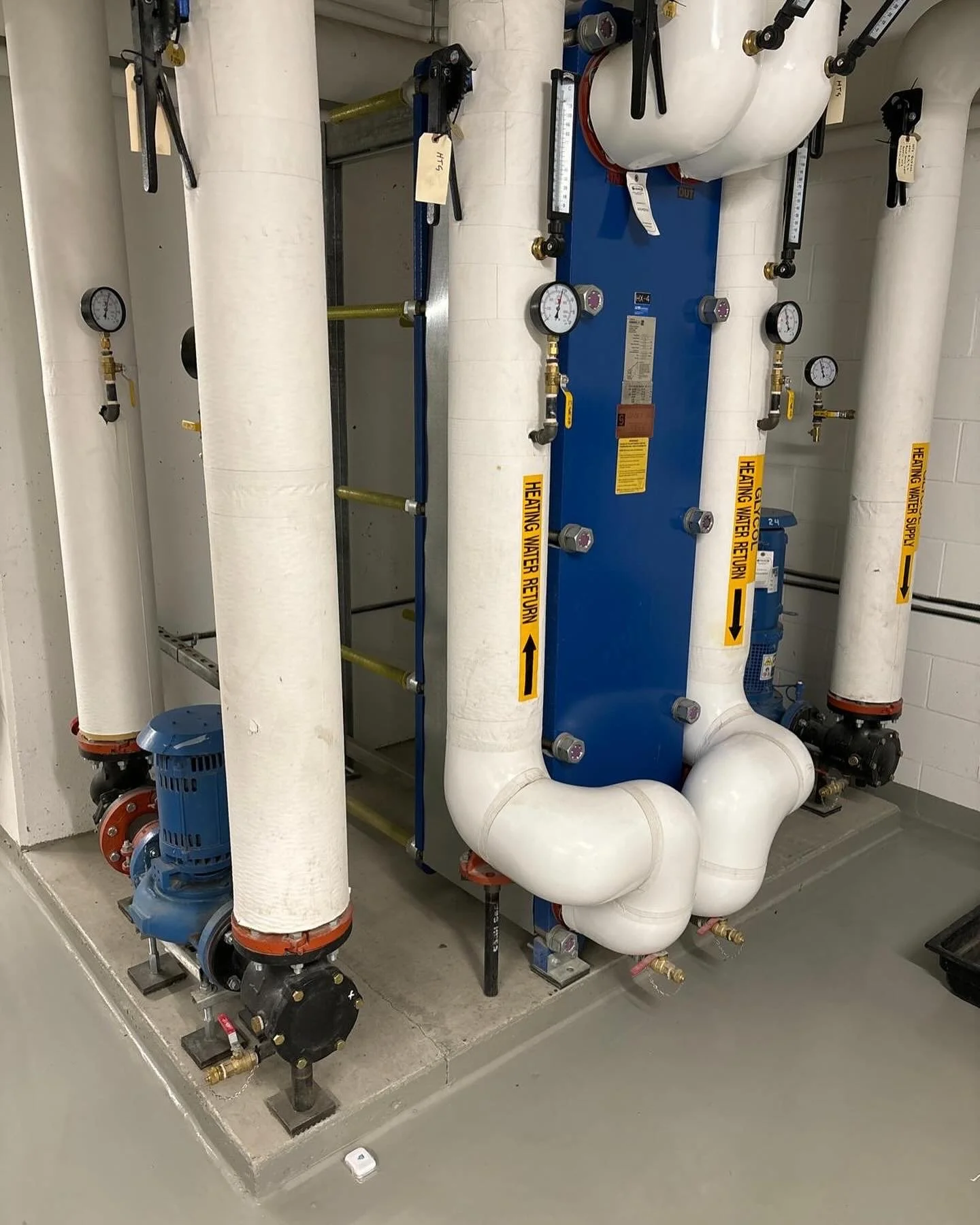The Machines have begun discussion. Start tuning in.
Quietly, Systematically:
OnHive and the Future of Industrial Intelligence
At OnHive, our mission is simple: We Connect you ➕ Technology.
At OnHive, we’ve been living this shift firsthand. Our work in integrating industrial sensors and connecting machines across sectors has shown us how quickly the Industrial Internet is evolving from whitepapers to real deployments. What follows is a reflection on that larger movement, one that we’re not just observing, but actively shaping.
I’d like to start with a simple premise: everything industrial will start getting smarter, and if you’re not paying attention, there will be an AI Agent that does while you miss the biggest industrial shifts.
The Industrial Internet of Things, IIoT for the acronym lovers, has been touted as a buzzword since the early 2010s, it’s all I could hear on my visit to CES in Las Vegas, back in 2013. Thinking back on it, our imaginations were about a decade ahead of our capabilities. I think Bill Gates once best summarized human estimation: “We always overestimate the change that will occur in the next two years and underestimate the change that will occur in the next ten.”
When it comes to IoT (consumer applications) or IIoT, this really does ring true. Like every industrial tech movement, it got smothered in corporate whitepapers, bloated slide decks, and vendors pushing half-baked “platforms.” and managing OnHive, a systems integration service company, nothing was more defeating than working with Frankenstein level beta products that were sold as state of the art, ready for market nonsense.
The good thing is the end is in sight thanks to AI. What was an imagination of the potential end-state a decade ago is feasible now.
While everyone’s distracted by the carnival of AI girlfriends/boyfriends and trillion-dollar chatbots. There’s no other way for me to put this, I expect this codependency to accelerate as people start forming emotions and genuine connection with these AI models. It reminds me of the Tamagochi’s in the 90’s, except the only limit you have with your AI model is physical touch and tokenization limits for now. I’m not trying to be funny, and I don’t have any strongly held opinions on this, but it is very real.
e
Got a bit side tracked, back to where I was, while that’s going on, the world’s factories are going online. Quietly. Systematically.
The networks are being wired up. Sensors are going in. The machines are talking, and will eventually be in discussion with one and another with an AI Agent orchestrating the symphony.
Where’s the human in this you ask?
Up the stack, and likely in: systems design and deployment, oversight and exceptions handling, safety and audits, cross-systems integration and more.
Data, once useless in the industrial world, became too much data to know what to do with and is now being presented as liquid gold. We are way beyond efficiency, this is intelligence at the edge of the physical world.
The data is now optimizing where the hauls trucks in a Mining operation should unload the specific grade of Ore after being analyzed by sensors on the conveyor systems, its sensors on transformers and substations detect power surges before they spike and adjusting, or moisture sensors in the ground talk to weather forecasts and adjust irrigation field by field, row by row.
The industrial world has been running on Windows XP and a slew of bandaid solutions for sometime now, that era is ending. The new world runs on data, sensors, and edge logic.
Industrial sensors are only as valuable as the systems they feed.
Take LoRaWAN flood detectors in condos as an example. The sensor itself can detect rising water, but the real value comes when that signal is integrated into a building’s monitoring system. With proper integration, a simple alert can trigger notifications to tenants, dispatch maintenance teams, and even shut down critical equipment before major damage occurs.
The sensor provides the data. The system makes it actionable.
And this is where OnHive comes in.
The orchestration of machines, data, and edge intelligence doesn’t happen on its own, it requires stitching together sensors, legacy equipment, and modern AI-driven logic into a working system. That’s what we do.
Whether it’s deploying moisture sensors in agriculture that talk to weather models row by row, or integrating transformers and substations with predictive analytics to prevent surges, our role is to bring the vision to ground. Quietly, systematically, we connect the machines so they can begin their discussions, while humans stay up the stack, shaping, designing, and guiding the symphony.
📍Visit onhive.ca for expert advice, product recommendations, or help with your installation
💬Have questions? Our tech specialists are here to help
👉Contact us today — and let’s connect you ➕ technology




